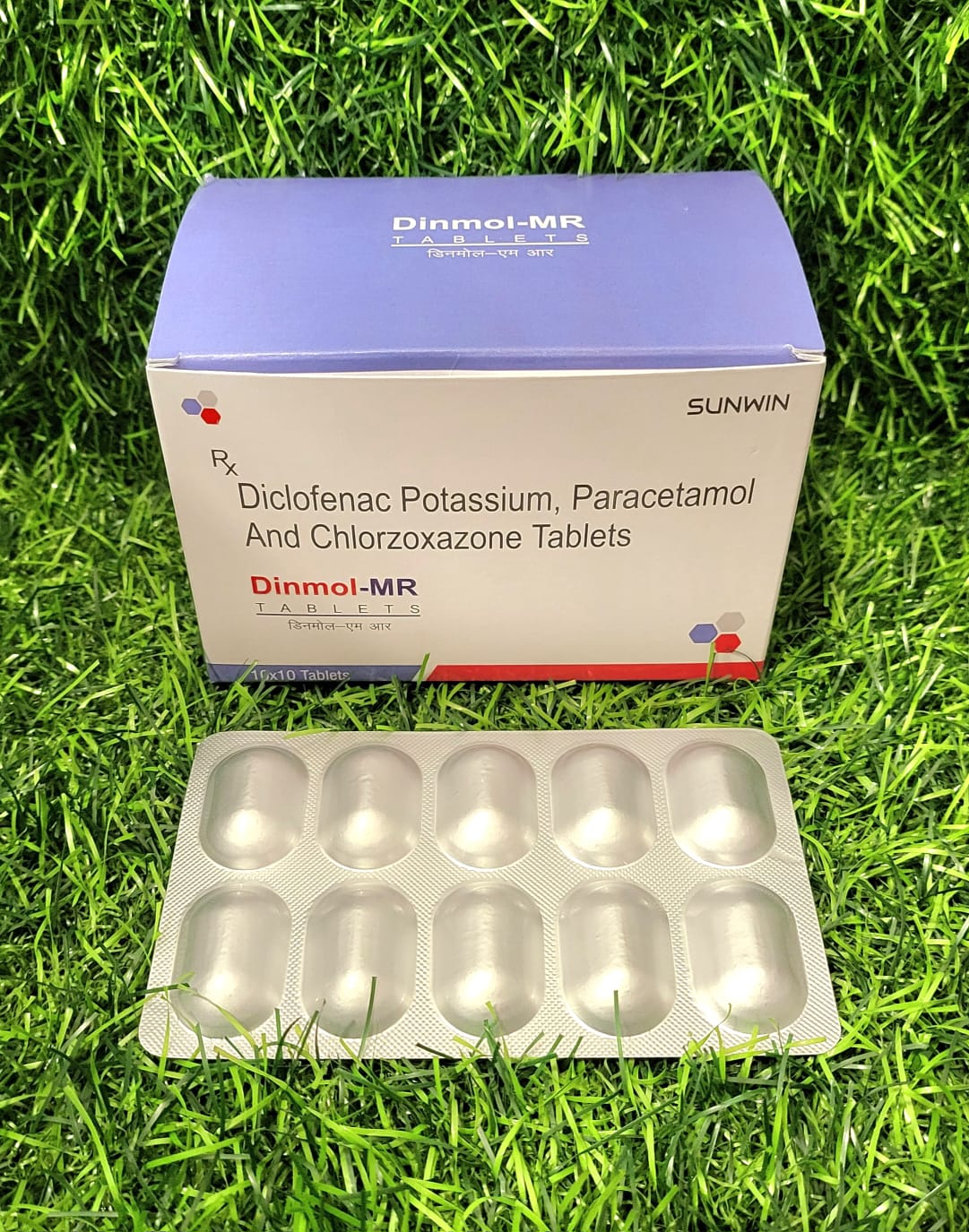Composition:-
Sodium Hyaluronate
Uses:-
Sodium Hyaluronate, a form of hyaluronic acid, is used for various medical and cosmetic purposes. In ophthalmology, it is used as a lubricant in eye drops to treat dry eyes, providing moisture and comfort. It is also employed during eye surgeries, such as cataract removal, to maintain eye shape and protect tissues. In orthopedics, Sodium Hyaluronate injections are used to treat osteoarthritis, particularly in the knee, by providing lubrication and cushioning in the joints, reducing pain, and improving mobility. Additionally, in dermatology, it is a key ingredient in many skincare products for its hydrating properties and is used in dermal fillers to reduce wrinkles and add volume to the skin.
Side Effects:-
While Sodium Hyaluronate is generally safe and well-tolerated, it can cause some side effects. For eye treatments, possible side effects include temporary blurring of vision, mild eye irritation, or redness. When used in joint injections, patients may experience pain, swelling, or redness at the injection site. Rarely, there can be allergic reactions such as rash, itching, or severe swelling. For cosmetic uses, side effects might include redness, swelling, or bruising at the injection site. Most side effects are mild and temporary, but it is essential to seek medical advice if severe or persistent reactions occur.
Indication:-
Sodium Hyaluronate is indicated for several conditions based on its hydrating and lubricating properties. In ophthalmology, it is indicated for dry eye syndrome and as an adjunct in eye surgeries. In orthopedics, it is indicated for the treatment of osteoarthritis to provide pain relief and improve joint function. In dermatology and cosmetics, it is indicated for skin hydration, reducing the appearance of wrinkles, and adding volume to the skin through dermal fillers.

